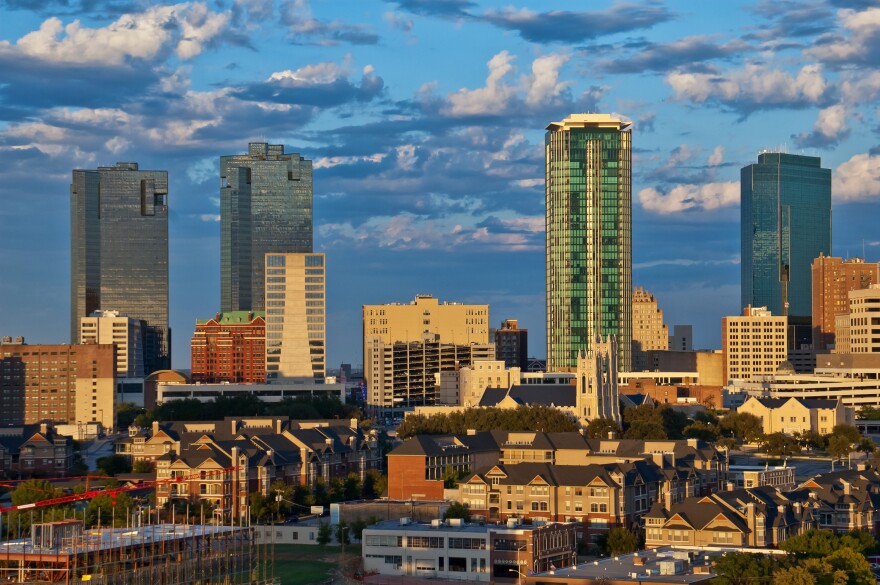In Fort Worth, from 2015 to 2019, most of the car crashes that seriously injured or killed people happened in communities of color, a city review found.
The city’s Transportation & Public Works Department crunched data from more than 88,000 crashes from 2015 to 2019 and identified a : stretches of road where concentrations of people have been killed or seriously hurt in crashes.
Almost all of the high-injury network locations are in or next to communities of color. Specifically, neighborhoods where at least 75% of the residents are people of color.
Tanya Brooks, the assistant director of Transportation & Public Works, blames the lack of sidewalks and streetlights in many of those areas, as well as the city’s hyper-focus on cars.
“Years ago, we built our roadways to move cars safely through corridors as fast as they could,” Brooks said. “And we only catered to automobile traffic without thinking about the other modes, our pedestrians and our cyclists.”
Fort Worth can be a perilous place to drive, walk or bike. The high level of pedestrian deaths has put the city under scrutiny for years. In Tarrant County, Black pedestrians make up a disproportionate percentage of those deaths, .
The city’s 2018 report pointed out that people of color tend to live in older parts of the city, built when construction standards didn’t require sidewalks. The infrastructure that does exist is deteriorating.
“Since 2007, Fort Worth has funded approximately 20% of the street construction and reconstruction need; only 10% of the estimated annual operating need for the transit system; less than 10% of the sidewalk need; and roughly 1% of the bike infrastructure need. This imbalance tends to affect minorities disproportionately,” the report states.
Transportation & Public Works started the crash data analysis after the Fort Worth City Council resolved in 2019 to join the . That’s an international effort to end traffic injuries and deaths. Other Texas cities like , Austin and San Antonio participate as well.
“The basic principle of that Vision Zero strategy is that there are no acceptable levels of fatality or injuries on our streets,” Brooks explained. "And traffic deaths and injuries are not accidents, they're preventable crashes.”
Brooks’ department is asking for $5 million in to work towards Vision Zero goals – money that would help chip away at that streetlight and sidewalk backlog.
The department is also working on a series of safety recommendations for eight of the high-injury network locations. Those recommendations are set to be finished in January 2022.
Got a tip? Email Miranda Suarez at msuarez@kera.org. You can follow Miranda on Twitter @MirandaRSuarez.
�Ļ�ӰԺ is made possible through the generosity of our members. If you find this reporting valuable, consider today. Thank you.




